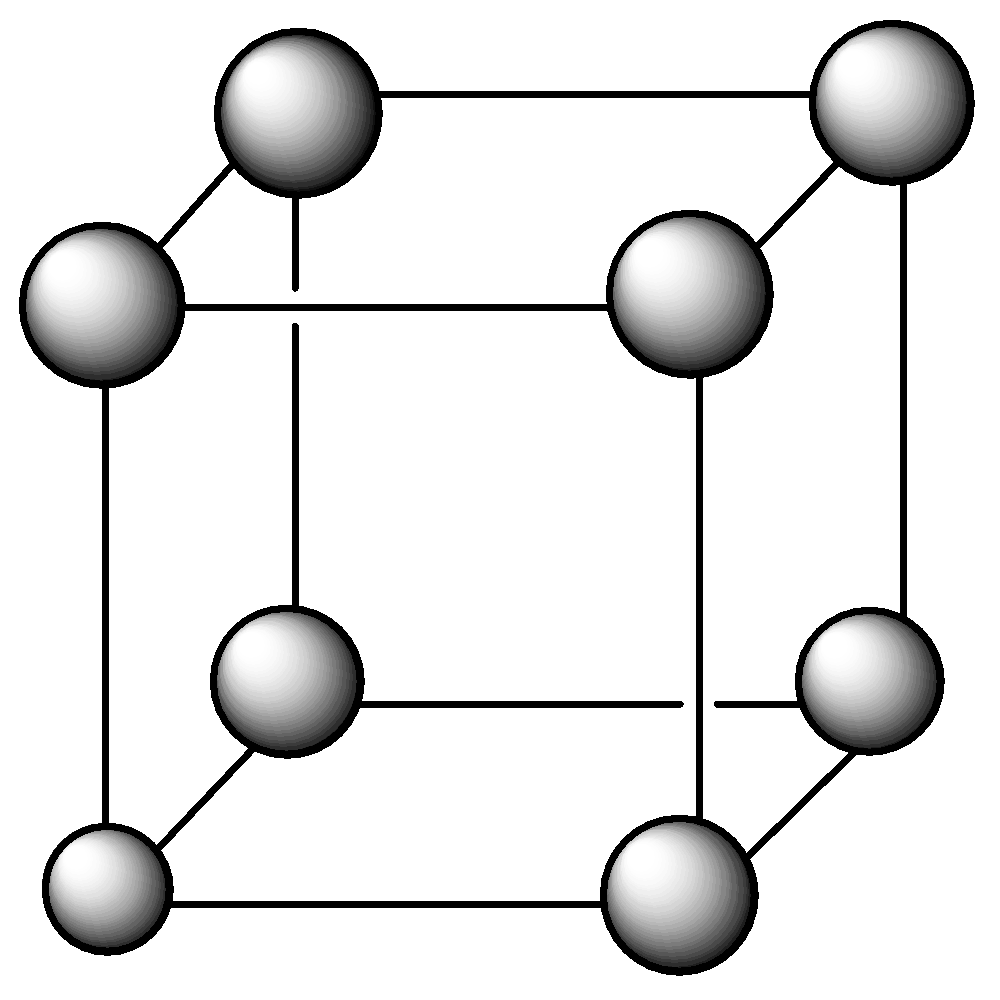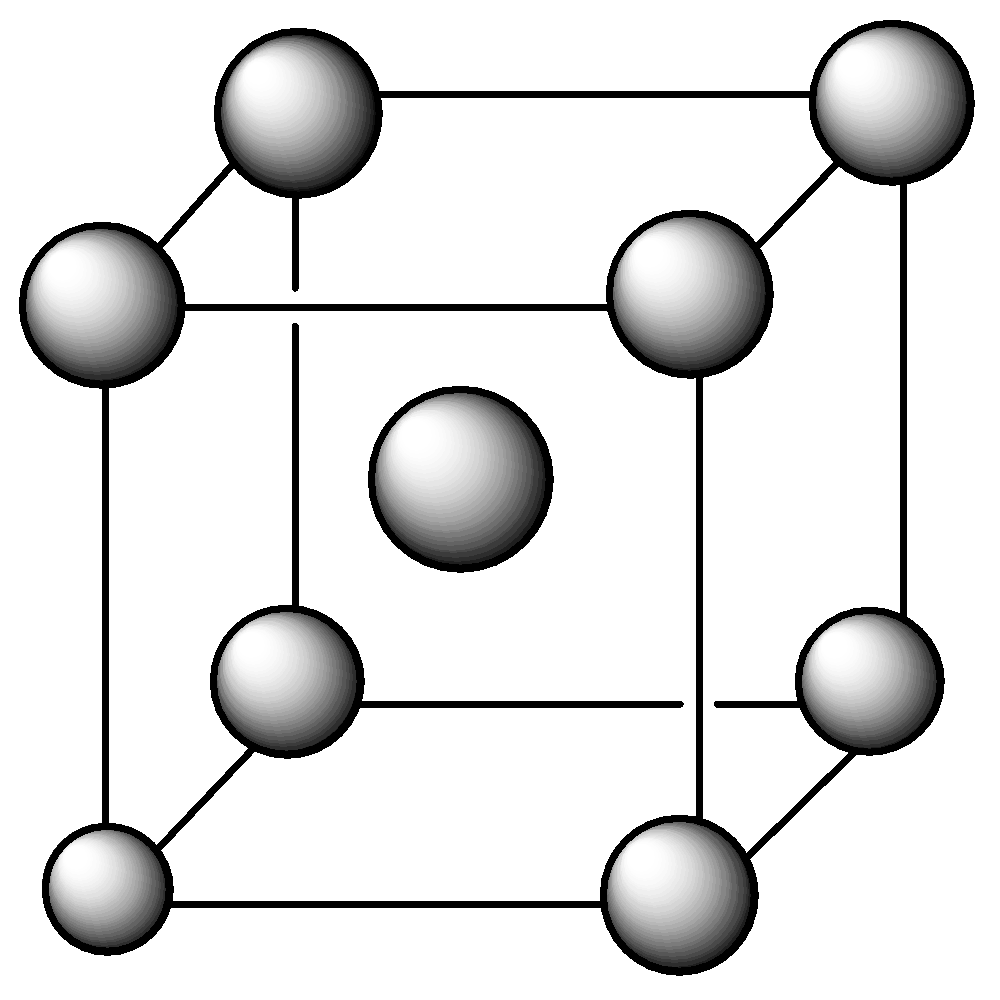Question
Question: Copper crystallises into a fcc lattice with edges length \[3.61\]×\({10^{ - 8}}\)cm. Show that the c...
Copper crystallises into a fcc lattice with edges length 3.61×10−8cm. Show that the calculated density is in agreement with its measured value of 8.92g cm3
Solution
We know that density is the mean mass of a unit volume of a substance.
We must remember that an appointment of atoms in crystals during which the atomic centers are disposed in space is such that one atom is found at each of the corners of the cube and one at the middle of every face.
We know that in FCC, there are eight atoms at each corner (each shared by 8 unit cells) and six at the faces (each shared by two unit cells).
The number of atoms per unit cell in FCC is 8×(1/8)+6×(1/2)=4 .
Formula Used: The formula of density is given as below,
D=a3NAZM
Where,
Z = No. of atoms in unit cell
M = Atomic mass of the substance
a = Edge length
NA = Avogadro number
Complete step by step answer:
Given data contains,
In FCC, the no. of atoms in per unit cell is 4. Z=4
M=63.5g/mol
a=3.61×10−8cm
Avogadro’s number NA=6.022×10−23mol−1
The arrangement of copper atoms shows a face-centered-cubic unit cell has four atoms per unit cell.
Let us calculate density by using the formula as,
D=a3NoZM
Substituting the given values in the formula we get,
⇒D=(3.61×10−8cm)3×6.022×1023mol−14×63.5g/mol
⇒D=(47.05×10−24cm3)×6.022×1023mol254g/mol
On simplifying we get,
⇒D=8.97gcm−3
Finally, the density value is approximately equal to 8.92 g cm−3.
Note: Also we know that Primitive lattice or simple in which there are points at all the corners of the unit cell. The number of atoms per units cell in a primitive lattice is 8×(1/8)=1

Body-centered lattice in which there are points at all corners as well as in the center of the unit cell. The number of atoms per unit cell is 8×(1/8)+1=2

